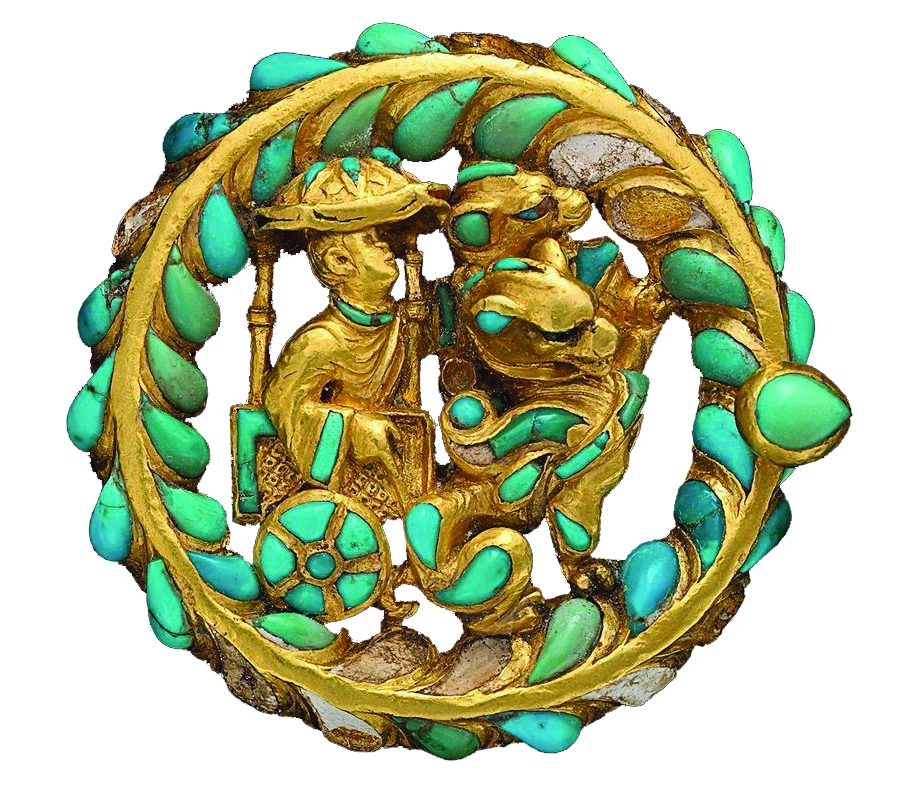Tillia Tepe: Revealing the Hidden Secrets of Afghanistan’s Historical Nomads

The archaeological site of Tillia Tepe, located in northern Afghanistan, has yielded some of the most fascinating and enigmatic treasures of the ancient world.

Dating back to the 1st century BCE to the 1st century CE, the treasures unearthed from this site offer a unique glimpse into the lives and culture of the ancient nomadic tribes that once roamed the region.
Tillia Tepe, meaning “Golden Hill” in Persian, was excavated in 1978 by a Soviet-Afghan archaeological team led by Viktor Sarianidi.

The site consists of six burial mounds, which contained a wealth of artifacts made from gold, silver, and other precious materials.

These treasures belonged to a nomadic group likely linked to the Yuezhi, a people known for their interactions with the Greco-Bactrian and Kushan empires. One of the fascinating things about the artifacts is the degree of cultural mixing they represent. These two gold, turquoise and carnelian boot buckles from Tomb IV depict a chariot drawn by dragons in a Chinese style.
